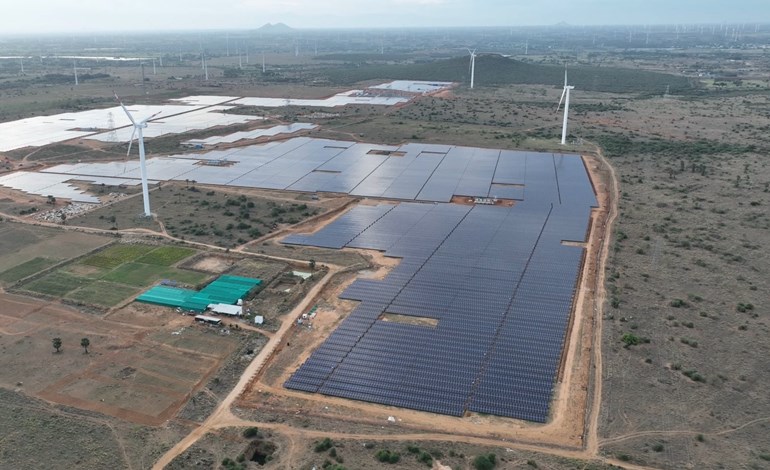The expansion of solar power in Europe is growing rapidly due to increased renewable energy ambitions and the need to reduce dependence on Russian gas, according to analysis by Statkraft. Statkraft’s Low Emissions Scenario shows that Europe will have significantly more solar power by 2030 than expected before the war in Ukraine. The analysis, which Statkraft has carried out each year for seven years, shows that along with wind power, solar power is asserted as the crucial renewable technology to reduce the European Union’s dependence on Russian gas and cut emissions.
It estimates an average yearly increase of solar capacity in the EU of between 45GW and 52GW towards 2030. This is significantly higher than the 33GW per year analysts expected before the invasion of Ukraine and it compares to a record 26GW which was predicted in 2021. Compared to other renewable energy technologies, solar power is cost-efficient, and construction can take less than two years, Statkraft said. According to the report, renewable energy will account for almost 80 percent of the world’s total power generation in 2050. It also predicts that solar will become the world’s largest source of power generation by around 2035 and will produce more than 21,000 Terrawatt hours, equivalent to 80 percent of the world’s power demand today. Christian Rynning-Tønnesen of Statkraft said: “In the Low Emissions Scenario, we see that the best measures to solve the ongoing energy crisis are the same measures that are crucial to fighting the climate crisis. “A greater focus on energy security and energy self-sufficiency will also drive the green energy transition.” “In an energy system with much more weather-dependent renewable energy such as wind and solar, there is an increased need for flexible solutions that can help balance consumption and production. “Hydropower’s unique ability to store water will provide both short- and long-term flexibility, and can be upgraded to achieve an even more important role in the future. “Energy security, demand for affordable energy, and the climate crisis all indicate that we should now accelerate the global energy transition. “Electrification based on renewable power, and energy efficiency are key pillars.”
Credits: renews.biz[Image: Statkraft]

